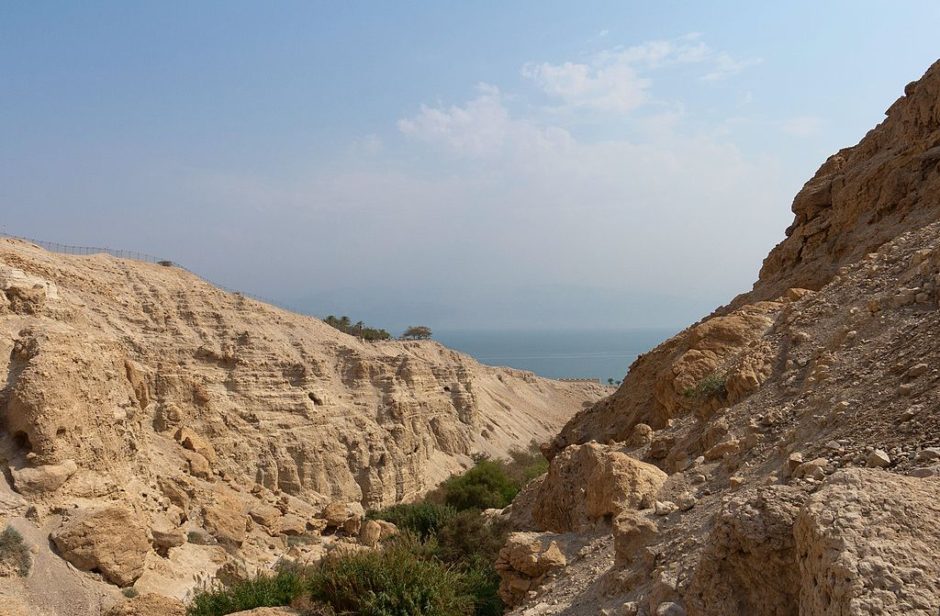I could hardly believe my eyes.
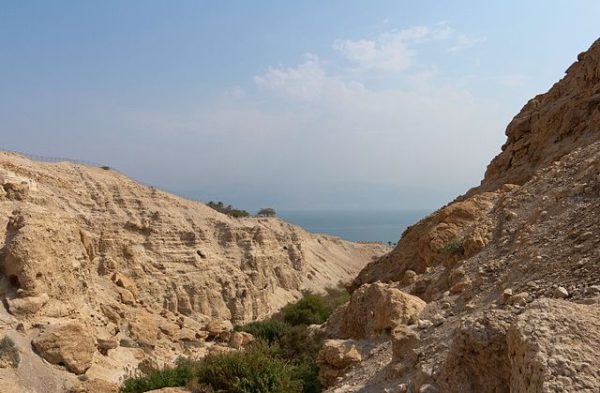
Tucked into a crevice deep in a craggy canyon in a desert adjacent to the Dead Sea was an incredible sight — a natural pool and a gushing waterfall.
I came upon them on a hot day after a fairly strenuous hike in one of Israel’s most alluring nature reserves, the Ein Gedi National Park, which covers 3,587 acres on the eastern edge of the Judean Desert. Two valleys run through the park, Wadi David in the north and Wadi Arugot in the south, and both attract nature lovers the year round.
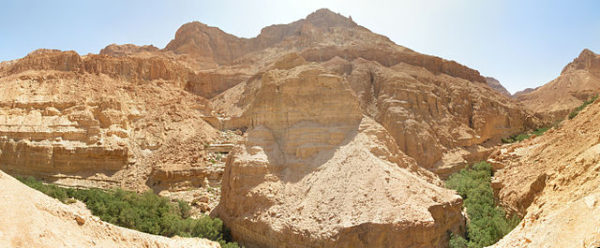
I reached the park at about 8 a.m., having spent the previous night at a hotel on the shore of the Sea Sea, the lowest place on earth, at 1,600 feet below sea level. As I started my trek, I passed several ibexes, which congregate in herds and are famed for their ability to climb steep hills, and a lone rock hyrax, which resembles a beaver. These are two of the protected mammals that live in this wild habitat.
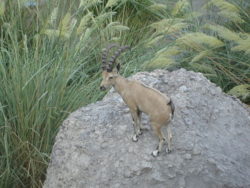
Walking past a stream sheltered by thickets of aromatic reeds, my guide and I reached the base of a small pool fed by a modest waterfall named after biblical King David. During the summer months, this waterfall is reduced to little more than a glorified trickle.
As we ascended the escarpment in 100 degree heat under a cloudless sky, passing the odd acacia tree and Jericho balsam thorns struggling to survive in this harsh climate, the Dead Sea, the Moab mountains of Jordan and Kibbutz Ein Gedi came into view.
An hour had elapsed when we hit the trail that leads to Wadi Arugot. Thirsty by now, we stopped to drink from our water bottles.
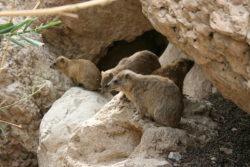
The unspoiled landscape was awesome, a desiccated panorama of limestone cliffs broken by narrow valleys dense with vegetation. Due to the high temperature, Nahal Arugot was virtually bereft of hikers. So for all intents and purposes, we had it all to ourselves as we followed a marked foot path.
We went through a canopy of reeds shaped like a tunnel before walking up a series of winding paths close to the precipice.
Pausing momentarily, we watched birds fly by.
Descending deeper into a defile, we slogged through a muddy creek partially shaded from the glare of the sun by shrubs, willows and tamarisks.
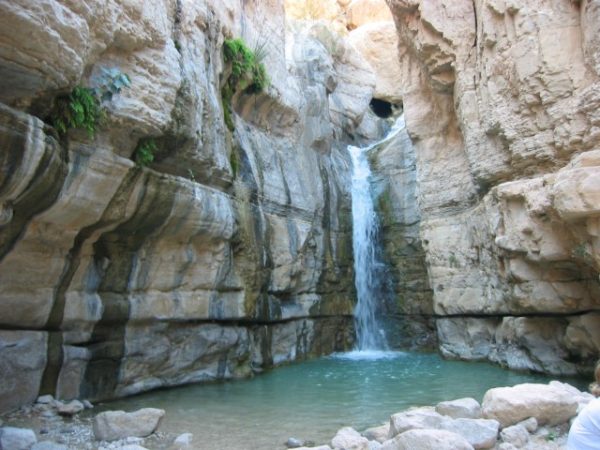
And then, much to my amazement, I saw the pool and the waterfall, which loomed like a mirage in this bone-dry environment. I quickly changed into my swimming trunks and waded into the water, carefully slipping past slippery algae-encrusted stones and pebbles. I crouched on the sandy bed, savoring the cool water.

As I approached the raging torrent, the water level reached my waist. Positioning myself directly under the roar of the waterfall, I felt rapid hard bursts of water massaging my shoulders. I stood there for a few blissful moments, oblivious to everything else.
Call it nirvana.
When I emerged from the pool, the guide offered me a cup of sage tea. As we relaxed, sipping the warm brew from small glasses, a pair of hikers suddenly appeared. They, too, waded into the pool for a refreshing dip.
Reinvigorated, we hiked back to the starting point at Ein Gedi, then drove to Kibbutz Ein Gedi, a short drive from Massada, the Jewish fortress that was besieged and conquered by a Roman army.
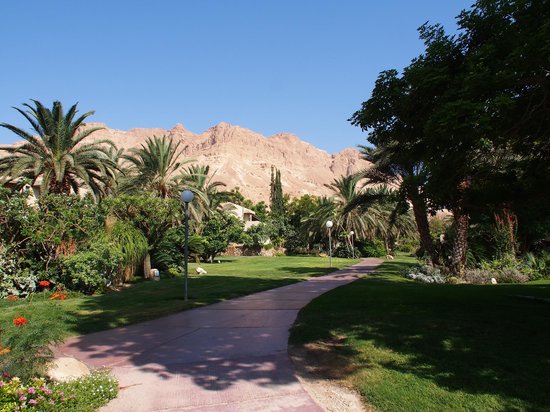
Founded in 1956, the kibbutz lives off tourism, agriculture and a bottling plant. Beautifully landscaped as a botanical garden, the grounds of the kibbutz are graced by rolling lawns and 800 species of trees, shrubs and flowers from around the world. It’s truly an earthly paradise in a barren corner of the Middle East.
Toward the close of the afternoon, I met the owner of a company that offers guided jeep tours of the practically uninhabited southern end of the Dead Sea.
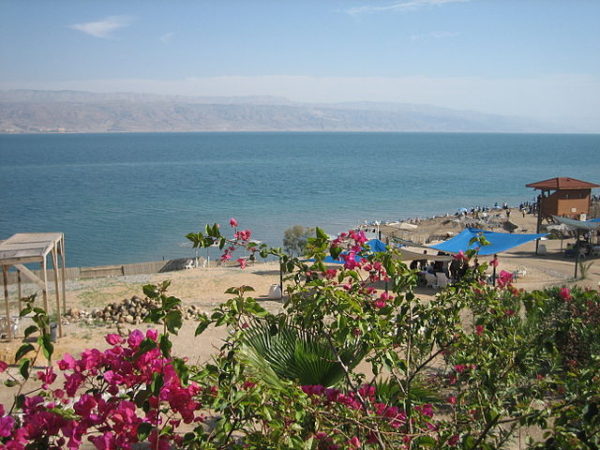
First, he drove me into several wadis — dry rivers beds — hemmed in by blindingly white rock salt formations and soft limestone cliffs. Then he took me up to Mt. Sodom, which, at 300 feet below sea level, is the lowest mountain on the planet.

The view from there was nothing short of spectacular. Through a light haze, I saw the salt pans of the Dead Sea as well as vistas in neighboring Jordan — the brooding Moab range, a potash factory, patches of green and the town of Safi.
As eco tours go, this had been one of my best ones.
